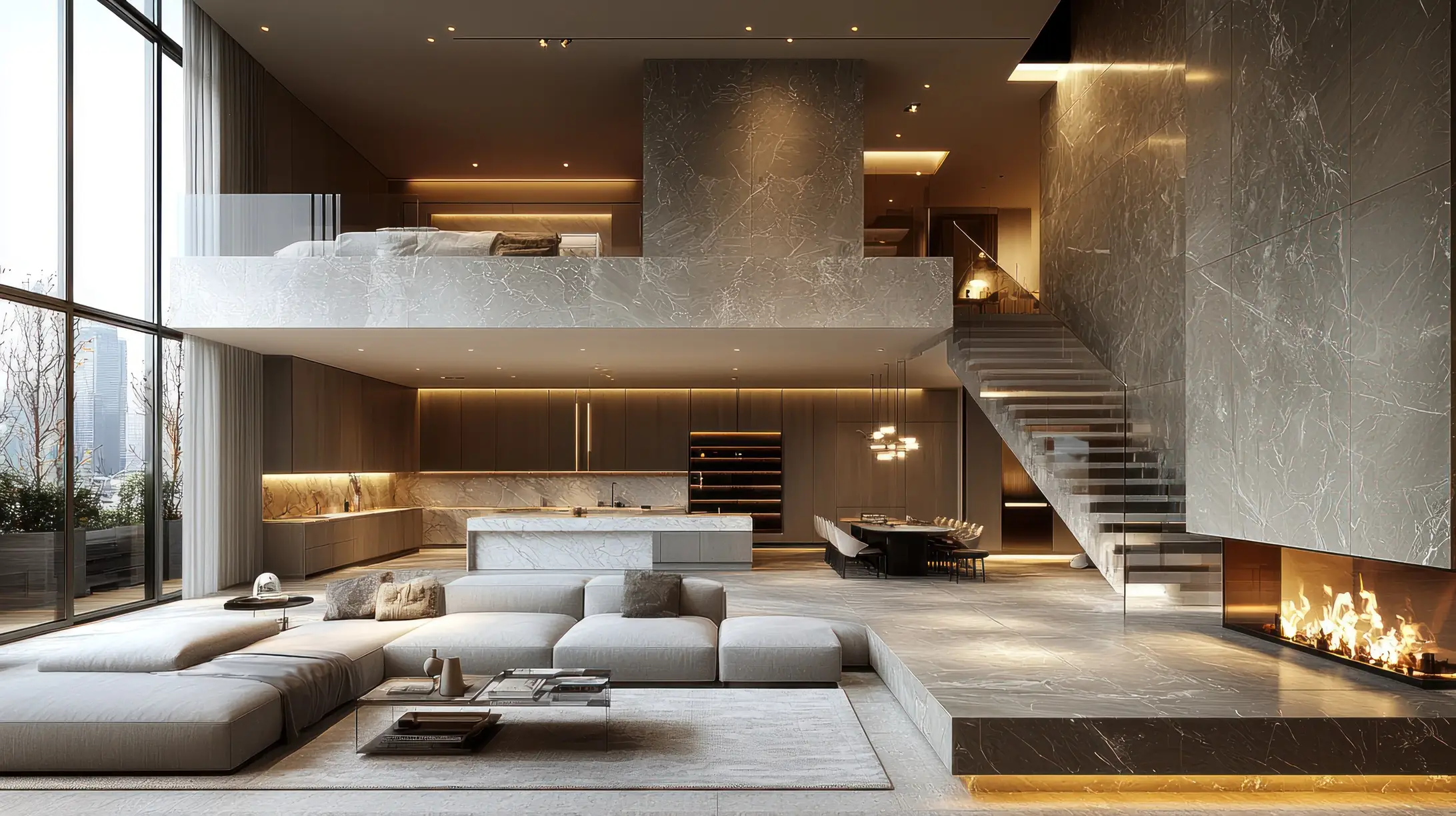MENU
Categories
Category:
Blog
What is the Difference Between Planning Permission & Building Regulations?
For many homeowners, investors, and developers, starting a building project in the UK can feel confusing. Two terms come up again and again: planning permission and building regulations. They sound similar, but they are not the same. Understanding the difference is crucial — and it could save you time, money, and stress.
At Planning By Design, we specialise in guiding clients through both processes. Here’s what you need to know.
At Planning By Design, we specialise in guiding clients through both processes. Here’s what you need to know.
Planning Permission: Shaping What You Can Build

Local Planning Authorities (LPAs) assess applications based on national and local planning policies. They’ll consider:
- The appearance and design of your proposal.
- The effect on neighbours (privacy, light, noise).
- Environmental impact and sustainability.
- Parking, access, and highway safety.
- Conservation areas or listed buildings.
In simple terms: planning permission ensures your project fits into its environment.
Building Regulations: Ensuring It’s Safe and Compliant

They cover:
- Structural safety.
- Fire safety.
- Energy efficiency and insulation.
- Ventilation and drainage.
- Accessibility.
Even if your project doesn’t need planning permission (for example, some extensions under permitted development), you will almost always need to comply with building regulations.
Think of it this way:
Think of it this way:
- Planning permission = “Can I build it here?”
- Building regulations = “Is it safe, sustainable, and legal to build it this way?”
Why You Need Both

- Without planning permission, you risk enforcement action or even being forced to demolish.
- Without building regulations approval, your project could be unsafe — and you may struggle to sell or insure your property later.
Pro Tips from Aaron Basi, Head of Planning and a Chartered Town Planner
Tip 1: Don’t assume you only need one approval.
Most projects need both planning permission and building regulations. Check early to avoid costly mistakes.
Tip 2: Factor in timescales.
Planning permission can take 8–12 weeks or longer. Building regulations approval runs alongside, but detailed drawings take time to prepare.
Tip 3: Get professional drawings.
Poorly prepared plans are a leading cause of refusals and delays. Our architectural design team ensures drawings meet both planning and building regulations standards.
Tip 4: Think sustainability from the start.
Energy efficiency, insulation, and eco-friendly design are not just good practice — they’re often required under building regulations.
Why Work with Planning By Design?

- Expertise: Our award-winning in-house team combines town planners, architects, and building regulation specialists.
- Proven success: 800+ planning approvals and 280+ five-star reviews.
- Sustainability focus: We encourage and design eco-friendly solutions from the outset.
- Complete service: From initial appraisals to building regulation drawings, we manage the process for you.
When you partner with Planning By Design, you get more than drawings, you get peace of mind.
Key Takeaways
- Planning permission decides if you can build.
- Building regulations decide how you build safely.
- Most projects need both.
- Professional help reduces risk, saves time, and ensures compliance.
Next Steps
If you’re planning a project, don’t leave it to chance. Contact Planning By Design today a free no no-obligation consultation and let our award-winning team guide you from planning permission through to building regulations.




